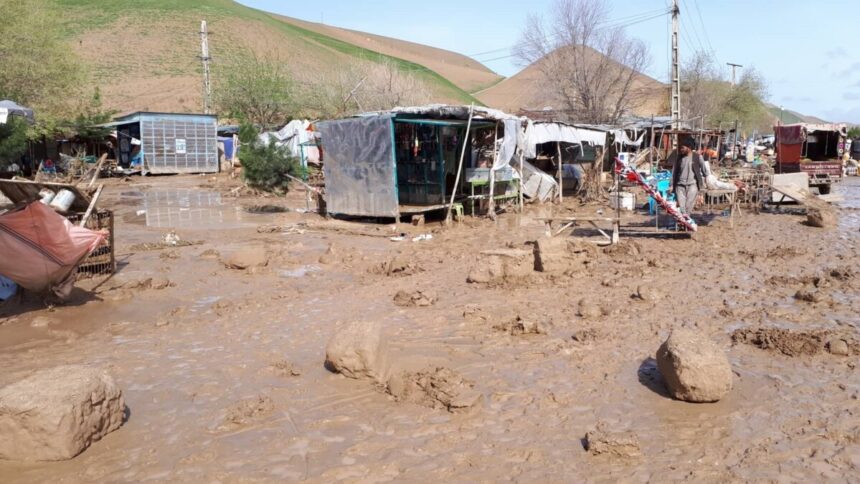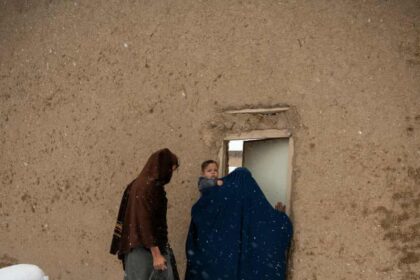RASC News Agency: The World Food Program (WFP) has announced its investment in flood prediction and food provision in “high-risk” areas of Afghanistan. In a statement released on Saturday, October 5, the organization noted that Afghanistan is the sixth most vulnerable country globally to climate-related crises. According to this statement, the WFP’s early warning system forecasts where floods are likely to occur and identifies regions at the greatest risk. Factors considered in these predictions include precipitation, temperature, snowmelt, water flow downstream, and river and basin saturation.
Based on findings from the WFP, rainfall across much of Afghanistan, particularly in the northern regions, which are vital grain-producing areas, is expected to be below average during the current solar winter. Gabriella Luz, a member of the organization’s early warning and famine prevention team, stated, “We have predicted that winter will persist in the Northern Hemisphere this year, meaning that rainfall and snowfall will be below average in Afghanistan.” The statement also mentioned that two years ago, the WFP’s early warning team launched a pilot program to identify hunger.
This pilot project was initiated with funding from the government of France and the European Union. According to the WFP, such assessments allow the organization to provide emergency assistance to high-risk areas approximately three months in advance. The international organization has also emphasized that 12.4 million people in the country continue to face hunger. Luz clarified, “We monitor how access to food in the market is changing, how families obtain food, what families are consuming, and how they cope with challenges.”
The World Food Program indicated that due to budget shortages, around 11 million vulnerable individuals in the country have been deprived of aid each month during 2024.






